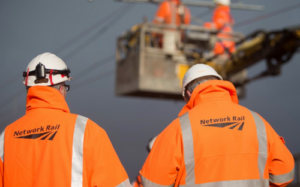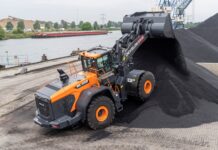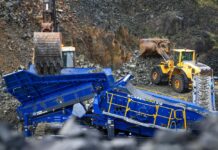Delays to large-scale construction projects have more than doubled during the COVID-19 pandemic, according to new data released by nPlan, a machine learning startup which has amassed a dataset of more than half a million construction schedules through its work with companies including Network Rail, Shell, Kier and Google.
Researchers at nPlan found that the median delay for projects completed before the pandemic was approximately 100 days, while pandemic-era projects have a median delay of more than 200 days.

Dev Amratia, CEO of nPlan, commented: “In construction, as in so many other sectors and areas of public life, the pandemic hasn’t just created new problems, it has highlighted and exacerbated existing problems – in this case the costly project overruns which are endemic to the industry. Because this issue was not dealt with before the pandemic, we are now in a situation where projects have suddenly become much riskier. This will pile pressure on contractors and may mean clients bring forward fewer projects. On the other hand, the salience the pandemic has given this issue means we now have an unparalleled opportunity to get better at anticipating and preventing project overruns using advanced forecasting and risk management techniques.”

According to Amratia, the majority of construction projects that fail to complete on time have been hampered by poor forecasting and risk management – and one of the most effective ways to solve these problems is to remove human bias from the planning process: “Time and time again we see forecasts marked by optimism bias, and risk management skewed by availability bias – that’s why we’ve developed a machine learning engine which turns our customers’ historical schedule data into a model which reflects the way they actually deliver projects. This unbiased model is then used to create super-accurate forecasts and discover risks and opportunities which would have remained hidden during the traditional planning process. This leaves planners free to get on with the important work of actually mitigating the risks and seizing the opportunities flagged by our system.”
Further delays
Researchers also interrogated nPlan’s dataset to discover the specific activities within schedules that are most likely to cause delays, and found that nearly 1 in 2 (45%) activities related to structural steel end up taking longer than planned. This finding is likely to cause further concern among contractors already struggling with steel shortages and delayed deliveries of steel. Amratia added: “Our data shows that activities involving structural steel were causing delays to capital projects long before the pandemic started. Now that contractors are also having to contend with steel shortages and delivery issues, it wouldn’t be surprising if the median pandemic project delay shot up even more. When it comes to working with steel, contractors could well be facing a perfect storm in 2022.”
And finally, some good news for the Web3 hype-merchants…The analysis of nPlan’s monumental dataset did yield one finding likely to cheer the hearts of digital natives: datacentres are more likely to be delivered consistently and on time than commercial buildings and infrastructure projects. If the metaverse does take off in 2022, we should have the capacity to handle it.
















